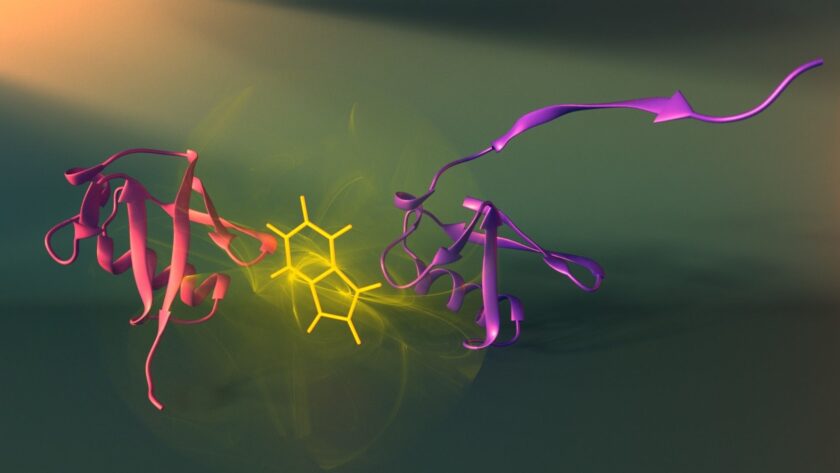Scientists in an international consortium investigated the behavior of phospholipids that make up cell membranes. A large number of different structures are available to lipids, so that each of them can bind to a wide range of proteins. However, the time that the protein-binding part spends in each state depends on its species. These results are important for understanding cell life. The work is published in the leading journal of the American Chemical Society, the Journal of the American Chemical Society.
Cell membranes are composed mainly of phospholipids. Understanding the interactions of lipids with other biomolecules is important for applied biotechnology, such as the use of lipid envelopes to deliver mRNA into the desired cell. In particular, modern coronavirus mRNA vaccines are lipid nanoparticles with mRNA inside. The interactions of cell membranes or lipids with proteins, active drug molecules or RNA are mainly regulated by hydrophilic lipid head groups. At the same time, there are thousands of different lipids within membranes, whose conformations (relative arrangement of atoms) are not fully understood. There is also a lack of data on the interactions of lipids with different proteins. In particular, it is not clear in which conformations lipids bind to proteins.
Since lipid heads are extremely mobile, the most accurate data on their conformations can be obtained using nuclear magnetic resonance, which shows the distances between different pairs of atoms within a molecule. This is not enough information, and therefore computer simulations are also often used. To find the most accurate parameters for molecular modeling of lipids, an open international consortium of NMRlipids was created. Within the consortium, scientists work together to model lipids using different parameters and then compare the results with each other and with the results of experiments. The consortium has previously published articles on individual lipids, but the different lipids were not compared with each other or studied the interaction with proteins.
“The NMRlipids project is an interesting example of open science, where all results are visible to anyone at any time and participation is not limited in any way. If successful, we will find the best parameters for modeling lipids, which will make it possible to study cellular and artificial membranes much better,” says Ivan Gushchin, head of the Laboratory of Structural Analysis and Engineering of Membrane Systems at the MIPT Center for Molecular Mechanisms of Aging and Age-related Diseases.
In the new work, the authors investigated what structures and for what fraction of time different common in nature lipids (phosphatidylcholine and others) take on. The lipids studied formed different membranes – charged and uncharged – and interacted with membrane proteins. The simulations performed, based on direct calculation of the coordinates of the atoms at each time point, showed that neither approach accurately reproduced the space of lipid states (Figure 1 shows the simulation results). However, the parameters from Harvard gave the closest results to the real ones. It is known from experimental data that each type of lipid can bind to a wide set of proteins in different states. However, it has become known that different lipids have different preferred conformations in which they can be observed more frequently. Because of this, some lipids can more easily bind to specific proteins.
“Open science, which the NMRLipids project certainly belongs to, allows scientists with different backgrounds and skill sets to come together and comprehensively study a particular problem. NMRlipids creates a versatile set of programs that can be used to analyze lipid trajectories in molecular dynamics and compare them with different experimental data. This functionality will significantly accelerate the development of new force fields for computer modeling of membranes, which, in turn, will positively affect the accuracy of computer models describing, for example, the transport of drugs across cell membranes.”
Researchers from France, Spain, the UK, Mexico, Germany, the Czech Republic, Finland, the USA, the Netherlands and Portugal took part in the study.


